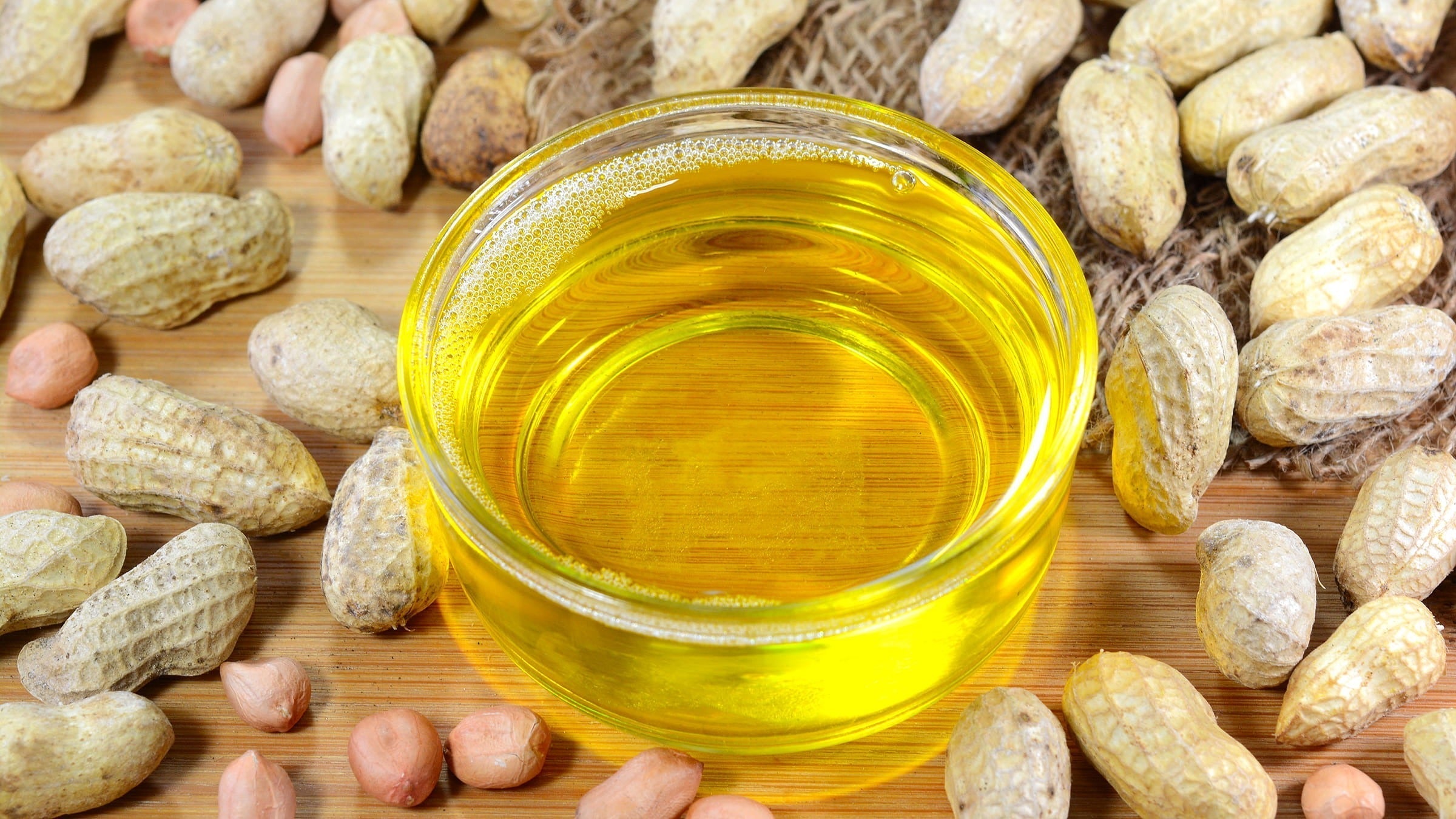When it comes to choosing the right cooking oil, several factors come into play. Out of all these factors, the smoke point is a critical aspect to keep in mind. Today, we'll delve into the details and nuances of grapeseed oil, a popular choice among culinary enthusiasts. So, what is the smoke point of grapeseed oil? Through this article, we aim to shed light on this fascinating topic and provide tangible information that can elevate your cooking tips.

Why is Smoke Point Important?
The term 'smoke point' refers to the temperature at which an oil begins to produce smoke and break down. At this stage, harmful compounds and free radicals are released, which can be detrimental to health. Moreover, the smoke point also influences the flavor and nutrient composition of your food.
Knowing the smoke point of the oil you use can help you determine its suitability for different cooking methods. For example, oils with lower smoke points are better suited for salad dressings and low-heat cooking. Conversely, oils with high smoke points are ideal for frying, grilling, and high-heat sauting.

What is the Smoke Point of Grapeseed Oil?
Grapeseed oil boasts a remarkably high smoke point, making it a versatile candidate for various cooking techniques. But what is the smoke point of grapeseed oil? Typically, the smoke point ranges between 420F to 485F, which positions it among those oils suitable for high-heat cooking.
Here's why this is impactful: With such a high smoke point, grapeseed oil allows for diverse culinary applications, from deep frying to stir-frying and even grilling. Its neutral flavor also ensures that it won't overpower the natural taste of your ingredients.

Comparing Grapeseed Oil to Other Cooking Oils
To better understand the advantages and limitations of grapeseed oil, it's crucial to compare it with other popular cooking oils. Here's a quick breakdown:
Olive Oil
Olive oil is often lauded for its nutritional benefits and rich flavor, yet it has a lower smoke point of around 375F to 405F. This makes it less suitable for high-heat cooking compared to grapeseed oil.
Canola Oil
Another commonly used oil, canola oil has a smoke point of around 400F, which is higher than olive oil but still falls short of grapeseed oil. It is often used in baking and frying but lacks some of the nutritional benefits of grapeseed oil. For more on different oils, check our oil comparison.

Health Benefits of Grapeseed Oil
Beyond its impressive smoke point, grapeseed oil is packed with health benefits.
Rich in Vitamin E
Grapeseed oil is high in vitamin E, a powerful antioxidant that can help improve skin health and immune function.
Unsaturated Fats
The oil is rich in polyunsaturated and monounsaturated fats, which are beneficial for heart health. These 'good fats' can help reduce bad cholesterol levels and lower the risk of heart disease.
Anti-Inflammatory Properties
Grapeseed oil is also known for its anti-inflammatory properties, making it a suitable choice for those looking to maintain a balanced and healthy lifestyle.
How to Properly Use Grapeseed Oil in Cooking
Now that you understand what is the smoke point of grapeseed oil and its benefits, it's essential to know the best practices for its use in cooking. Check out our cooking guides for more tips.
For Sauting
Given its high smoke point, grapeseed oil is ideal for sauting vegetables, meat, and seafood. Its neutral flavor won't interfere with your dish's seasonings or natural flavors.
For Frying
Grapeseed oil's high smoke point ensures that it performs well in high-heat frying, whether it's deep frying or pan-frying. The oil's stability at high temperatures makes it a safer and healthier choice.
For Raw Applications
While grapeseed oil excels at high-heat cooking, it can also be used in salad dressings, marinades, and dips due to its light, neutral taste.
Storing Grapeseed Oil
To get the most out of your grapeseed oil, proper storage is key. Store it in a cool, dark place to maintain its quality and extend its shelf life. Avoid exposure to light and heat, as they can degrade the oil more quickly.
Frequently Asked Questions
Can I use grapeseed oil for baking?
Yes, grapeseed oil can be used for baking. Its neutral flavor and high smoke point make it suitable for a variety of baked goods.
Is grapeseed oil safe to use at high temperatures?
Absolutely. With a smoke point ranging between 420F to 485F, grapeseed oil is one of the safest options for high-temperature cooking.
What are some alternative oils to grapeseed oil?
If you're looking for alternatives, consider avocado oil or sunflower oil, both of which have high smoke points and offer various health benefits. For maintaining a clean kitchen, visit Keeping a Clean Kitchen by Olives for Dinner.
As an Amazon Associate, I earn from qualifying purchases.
For more insights on cooking oils and their benefits, you can visit Healthline's guide on cooking oils.






Leave a comment
This site is protected by hCaptcha and the hCaptcha Privacy Policy and Terms of Service apply.